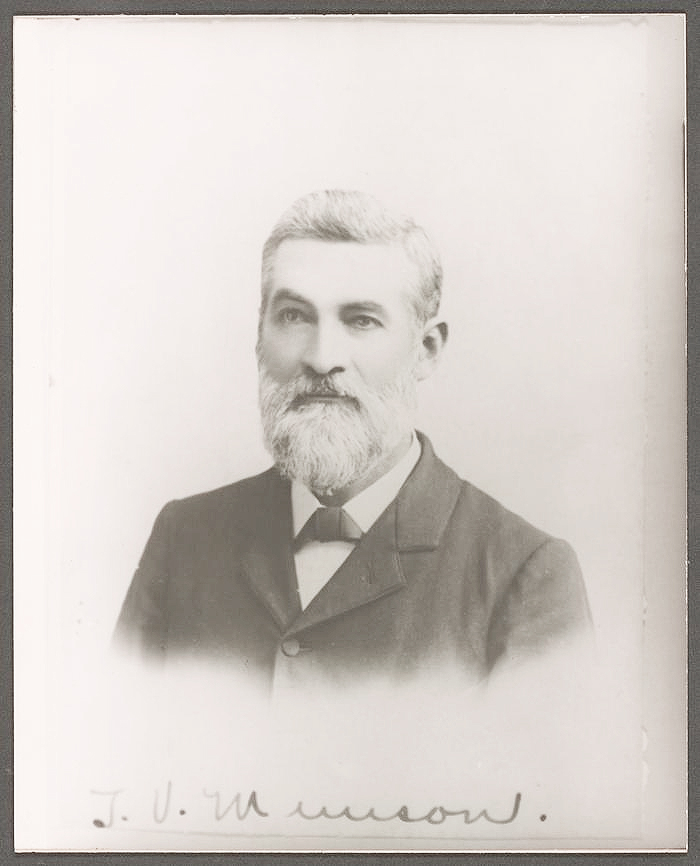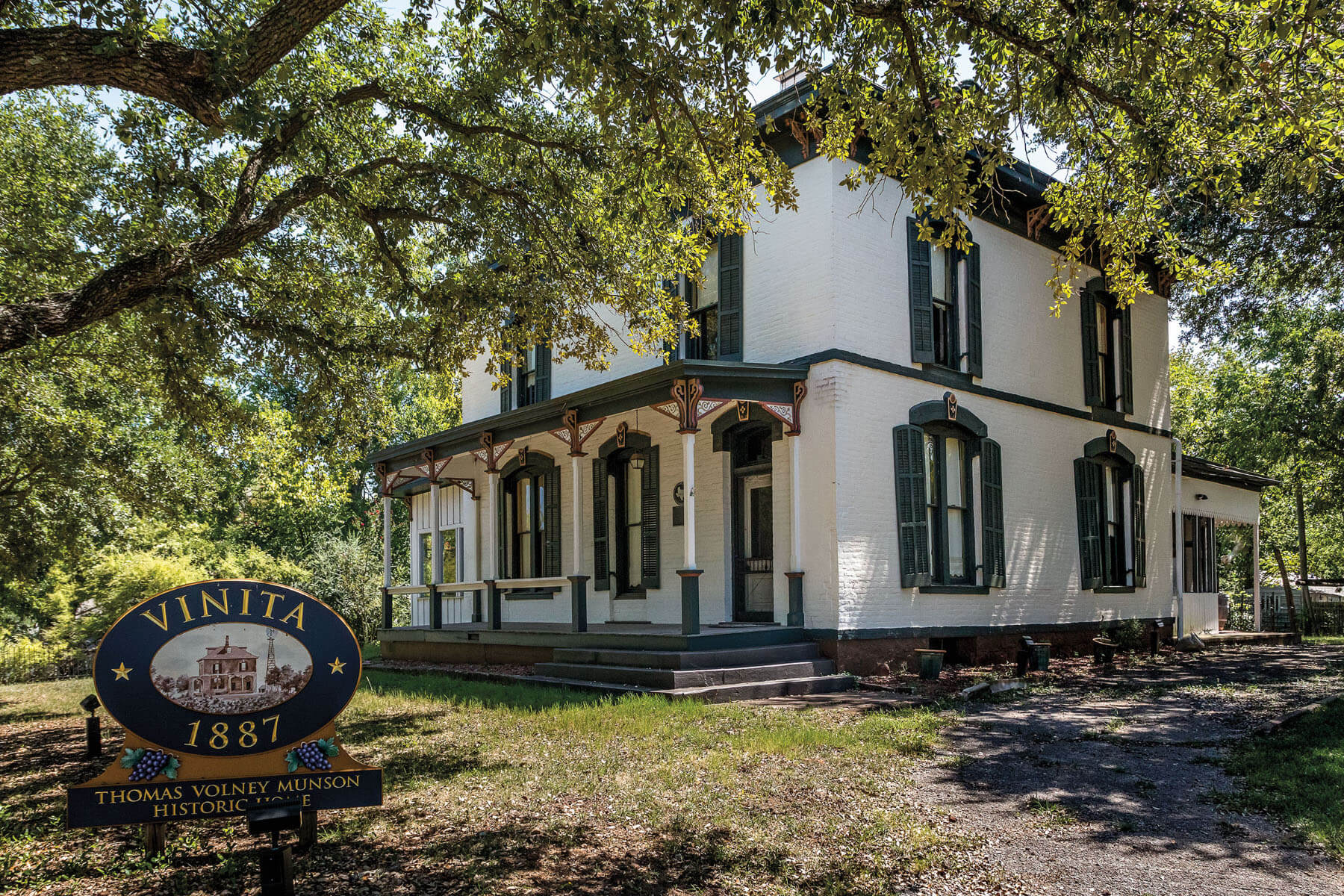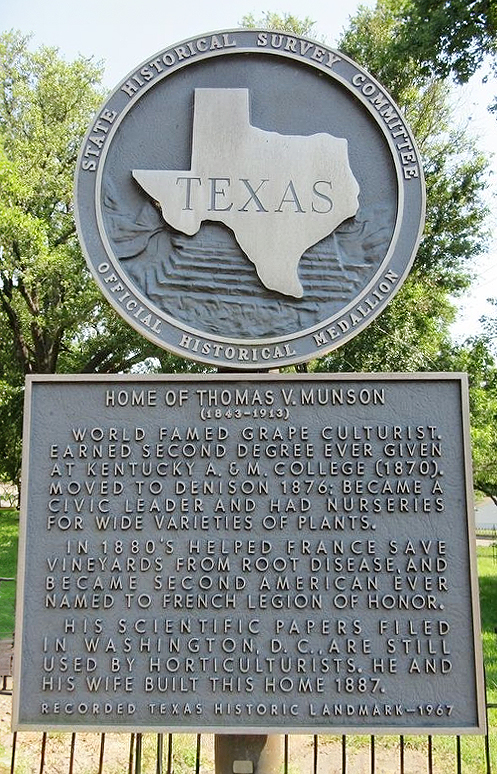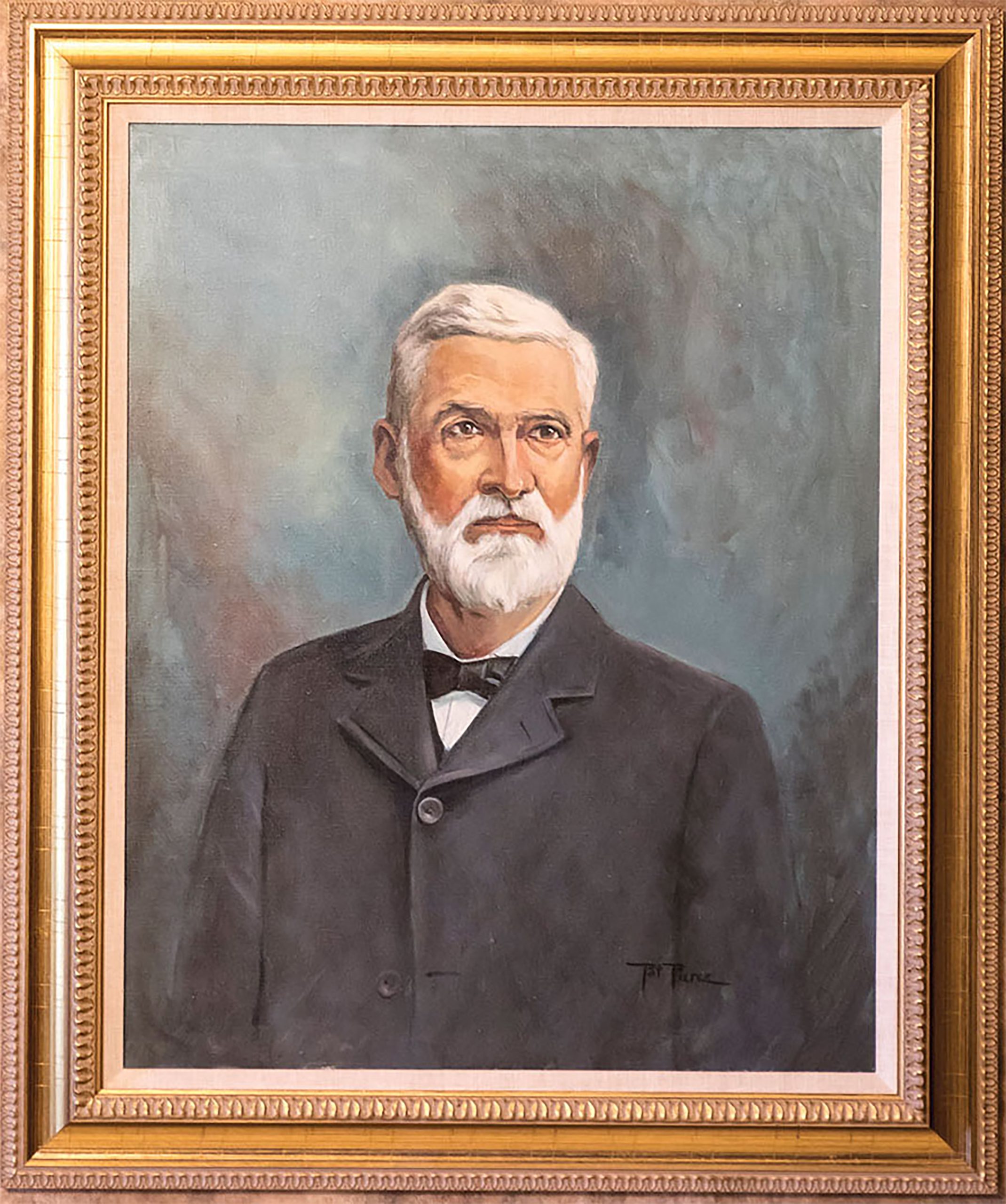Thomas Volney Munson
Securing a little known connection from these local Rancho Sereno Texas grapes to the entire countryside of the French wine industry of today, Thomas Volney Munson etched his legacy. Better known as T.V. Munson or even the Grape Man of Texas, in the 1880s, Thomas Munson played a crucial role in rescuing the French wine industry from a devastating vineyard blight by sending hardy Texas grapevines to reinforce Europe’s struggling vineyards. His efforts resonate with today’s global challenges involving disease, science, and international collaboration. The story also remains deeply connected to Texas, where the wine industry continues to thrive, and to Munson’s hometown of Denison, home to Grayson College’s T.V. Munson Viticulture and Enology Center & Memorial Vineyard, where future winemakers are trained.
 How a local Texan saved the wines of France
How a local Texan saved the wines of France 



